What Is Motor Neuron Disease?
Motor neuron diseases (MNDs) is a term used to categorize a group of diseases where neurodegeneration selectively affects the motor neurons leading to loss of voluntary control of the body’s muscles. Based on the International Classification of Diseases 11 (ICD-11), some of the following disorders are categorized under MNDs: pseudobulbar palsy, primary lateral sclerosis, amyotrophic lateral sclerosis, progressive bulbar palsy, progressive muscular atrophy, and monomelic amyotrophy.
MNDs can be divided into sporadic and hereditary diseases. They can also be grouped into those that mainly affect the upper motor neurons, lower motor neurons, or both. Although different diseases affect patients differently, it leads to movement-related issues such as muscle weakness.
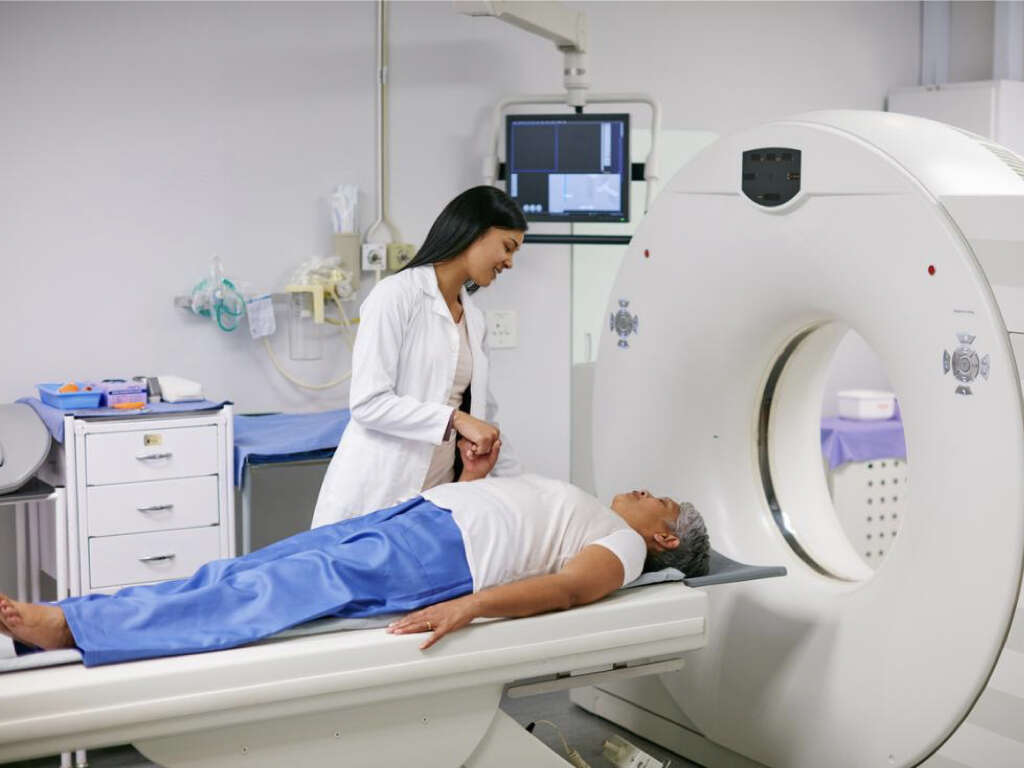
1. Signs and Symptoms
The signs and symptoms of MNDs depend on the specific type of disease but the symptoms are generally movement related. The symptoms tend to begin gradually and worsen after several months. Besides muscle weakness, other symptoms include muscle spasms and muscle cramps.
Depending on the type of disease, there can also be difficulty breathing during exertion, orthopnea, respiratory failure, difficulty swallowing, difficulty speaking, excessive saliva production, emotional disturbance, behavioral changes, and more. Some patients also experience muscle wasting, increased muscle tone, cognitive changes, and loss of ability to move.

2. Upper Motor Neuron Disease
Upper MND occurs when there is damage to nerve cells within the brain or spinal cord that conduct the signals responsible for movement of the body by the muscles. The upper motor neurons send signals to the lower motor neurons which then relay those signals to the muscles to either relax or contract.
UMNs located in the cerebral cortex play a key role in voluntary movement. Some of the neural pathways that the UMNs travel through the central nervous system are corticobulbar tract, corticospinal tract, rubrospinal tract, colliculospinal tract, reticulospinal tract, and vestibulospinal tract. An UMN lesion or pyramidal insufficiency would occur within or above the anterior horn of the spinal cord. UMN disease includes spinal cord injury, multiple sclerosis, acquired brain injury, stroke, and more. It results in symptoms such as clonus, spasticity, and inability to perform fine movements.
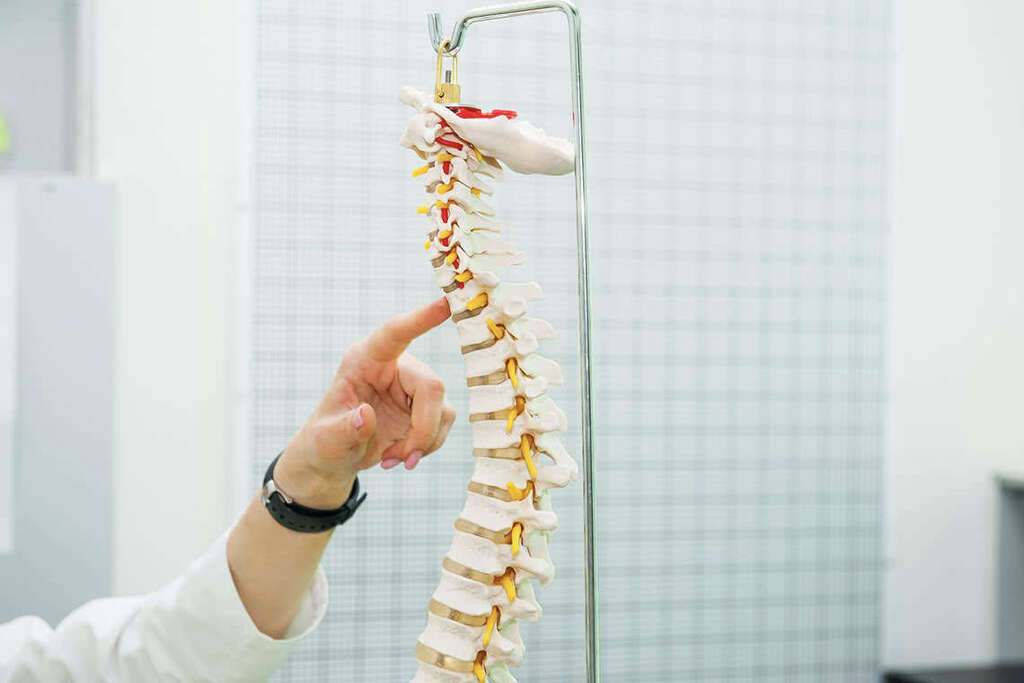
3. Lower Motor Neuron Disease
Lower motor neuron (LMN) disease occurs when a lesion affects nerve fibers that are traveling from the anterior gray column of the spinal cord to the target muscle. One of the main characteristics seen in LMN disease is the paralysis or flaccidity (loss of muscle tone).
This contrasts with UMN disease where the paralysis is accompanied by excessive muscle tone. Other associated symptoms include fasciculations, fibrillations, hyporeflexia, and hypotonia. It is often accompanied by muscle atrophy, especially in chronic cases. The most common causes of LMN disease are trauma to the peripheral nerves, polio, Guillain Barre syndrome, cauda equina syndrome, and in some cases amyotrophic lateral sclerosis.

4. Diagnosis
MNDs are a collection of multiple clinical conditions where there is degeneration of the motor neuron and progressive muscle weakness. Due to the overlapping symptoms, diagnosis can become difficult. In most cases, patient history and physical examination play a key role. This includes family history and assessment of risk factors.
There are also a variety of tests that can be used to help diagnosis. However, each MND will have different diagnostic methods that will be covered individually. Some of the general tests that can be used include cerebrospinal spinal fluid tests, magnetic resonance imaging (MRI) scan, electromyogram, nerve conduction studies, and tissue biopsy.
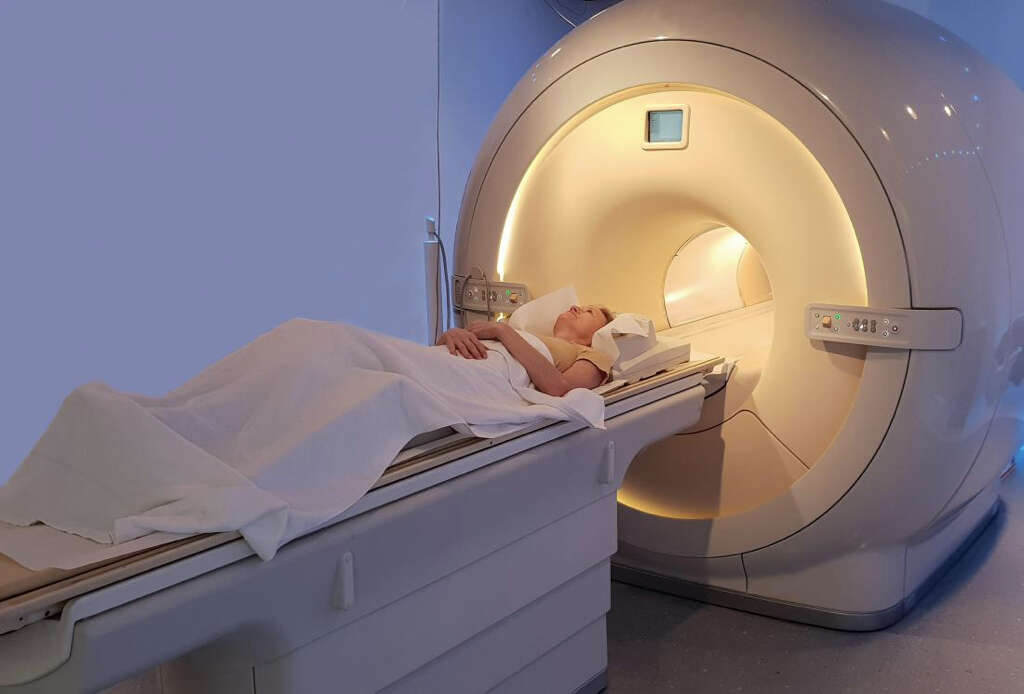
5. Amyotrophic Lateral Sclerosis
Amyotrophic lateral sclerosis (ALS) is also known as Lou Gehrig disease. It is a disease that causes the death of neurons that control voluntary muscles. It is the most common neurodegenerative disease of motor neuron disease in adults.
Characterized by muscle wasting or atrophy, fasciculations, and spasticity, there is progressive skeletal muscle weakness and results in fatality. The symptoms occur as a result of degeneration of both upper and lower motor neurons leading to respiratory paralysis and death. There are three types of ALS: familial ALS, sporadic ALS, and Western Pacific ALS. Most cases of ALS are sporadic with 5% to 10% considered to be familial. In 30% to 40% of familial ALS cases, mutations in the C9orf72 gene has been reported.
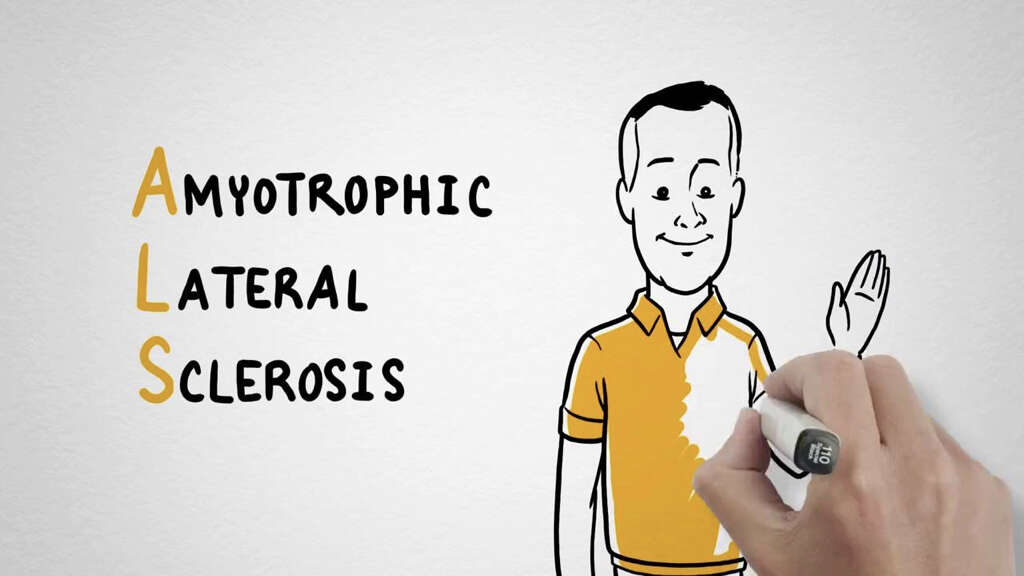
6. Hereditary Spastic Paraparesis
Hereditary spastic paraparesis (HSP) is also known as Strumpell-Lorrain disease or familial spastic paraplegias. This consists of a group of clinically and genetically heterogenous disorders characterized by slow and progressive spastic paraparesis.
HSP can be classified as a complicated or uncomplicated (pure) form. This will depend on if the paraparesis occurs by itself or in conjunction with other symptoms. Genetically, HSP can be classified based on the pattern of inheritance: X-linked, autosomal dominant, or autosomal recessive. The most common form of HSP is the pure autosomal dominant form. Individuals with HSP generally experience muscle weakness, abnormal gait, difficulty walking, paresthesia, and decreased sensation of vibrations.

7. Primary Lateral Sclerosis
Primary lateral sclerosis (PLS) is a rare condition where there is neurodegeneration of the upper motor neurons (UMNs), leading to progressive spinobulbar spasticity. Since many cases that have been initially diagnosed as PLS will be reclassified as ALS once the disease has progressed, some experts have suggested a disease duration of a minimum of 3 years is required before diagnosis is rendered.
There are still those who debate if PLS is a distinct pathologic entity or if it represents another end of the ALS clinical spectrum. It tends to affect those over the age of 50 years old and progresses over several years or decades. Symptoms usually start in the legs, tongue, or hands, and can include difficulty with balance, stiffness, weakness, clumsiness, and spasticity.

8. Spinal Muscular Atrophy
Spinal muscular atrophy describes a large group of neuromuscular disorders caused by genes. There is characteristic progressive degeneration of the spinal lower motor neurons. Depending on the type, the age of onset and severity of symptoms can very. While some may be apparent at birth, there are others that do not begin until adulthood.
However, most result in worsening muscle weakness, muscle twitching, difficulty swallowing, joint contractures, and scoliosis. It occurs due to a genetic defect in the SMN1 gene, which are inherited in an autosomal recessive manner. The SMN1 gene encodes a protein that is required for the survival of motor neurons. The loss of these neurons stops the sending of signals between brain and skeletal muscles.
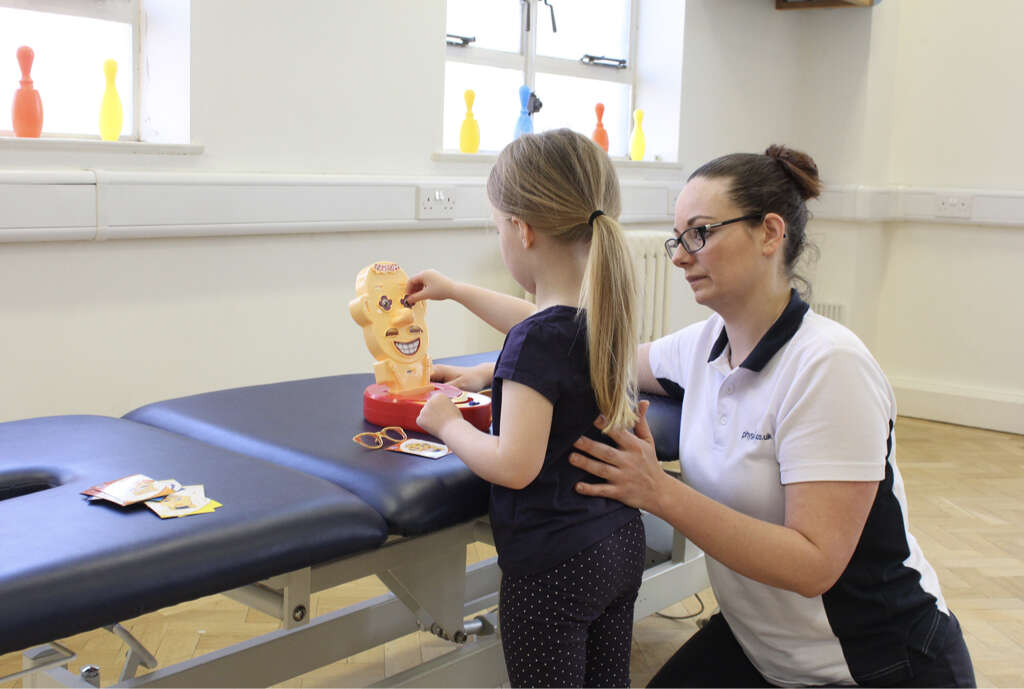
9. Progressive Bulbar Palsy
Progressive bulbar palsy (PBP) is also known as Brown-Vialetto-Van Laere syndrome. This condition has a variable clinical course where less than 40% of reported cases have a survival rate of 10 or more years after the onset of symptoms. However, abrupt deterioration has also been reported in 1/6 of patients.
This disease attacks nerves supplying the bulbar muscles and leads to degeneration of the motor neurons in the pyramidal tracts, brain stem, spinal cord, and cerebral cortex. Patients with PBP may experience difficulty with swallowing and talking. There can also be fasciculations, reduced gag reflex, weak facial muscles, weak tongue, and weak palatal movements. This results in difficulty with speech, drooling saliva, and difficulty eating.

10. Treatment and Prognosis
Generally, there is no known cure for most MNDs. Supportive care is available and can be tailored based on the patient’s symptoms. Prognosis wise, ALS is relentless in its progression. About 50% survive less than 3 years after diagnosis while another 20% survive 5 to 10 years. ALS patients generally die due to pulmonary complications.
In HSP, patients are expected to have a normal life expectancy and most die in old age due to other diseases. In PLS, the disease progression is slow and independence can be maintained for many years or decades. In type 1 SMA, because of rapid progression, 2/3 of patients die in the first 2 years. In type 2 SMA, life expectancy to adolescence and adulthood is common. In type 3, the life expectancy is similar to the normal population. In PBP, less than 40% survive more than 10 years after the onset of symptoms.












